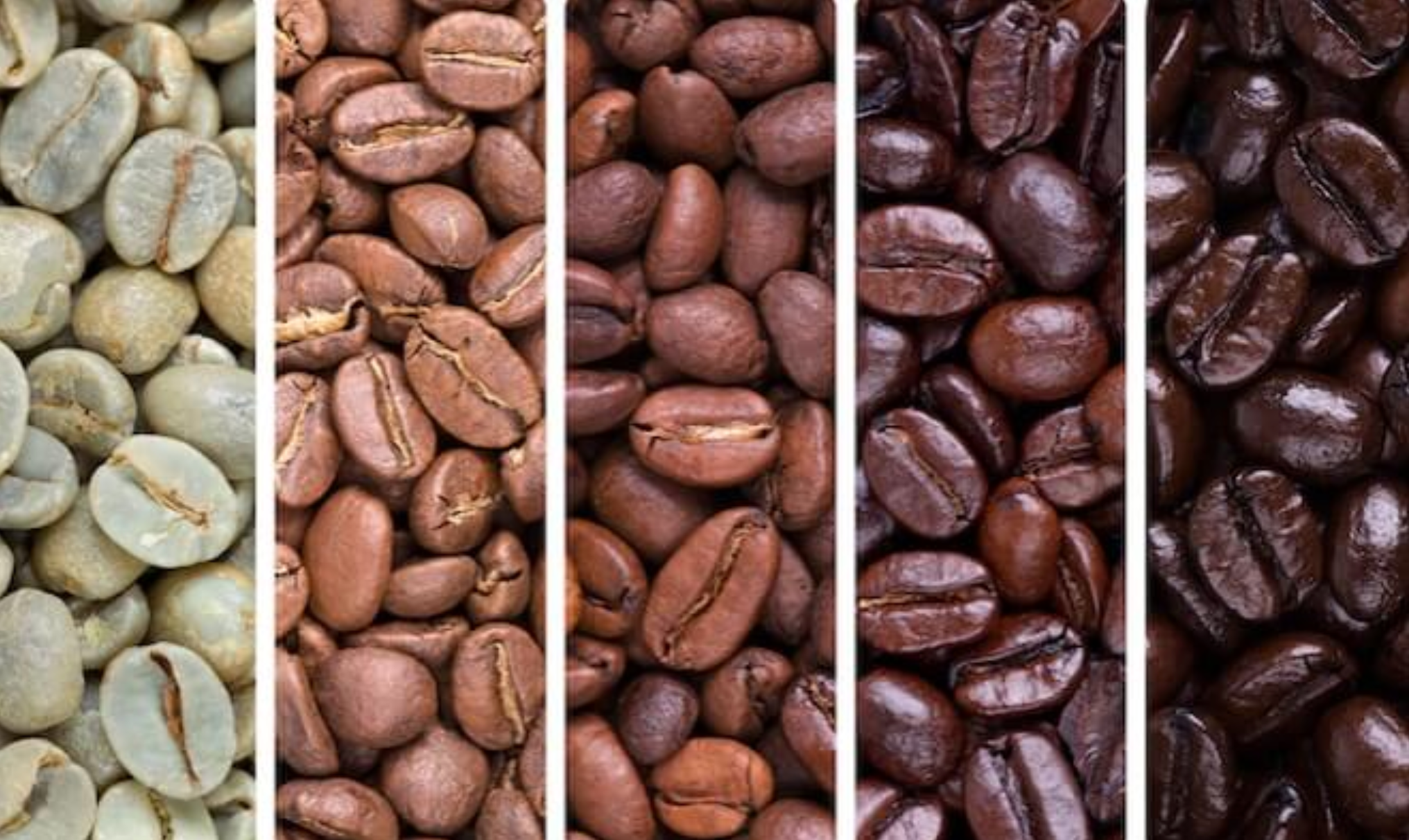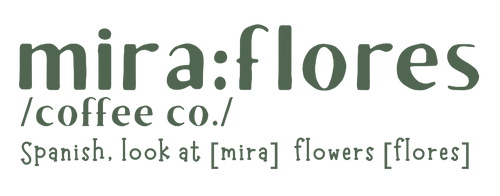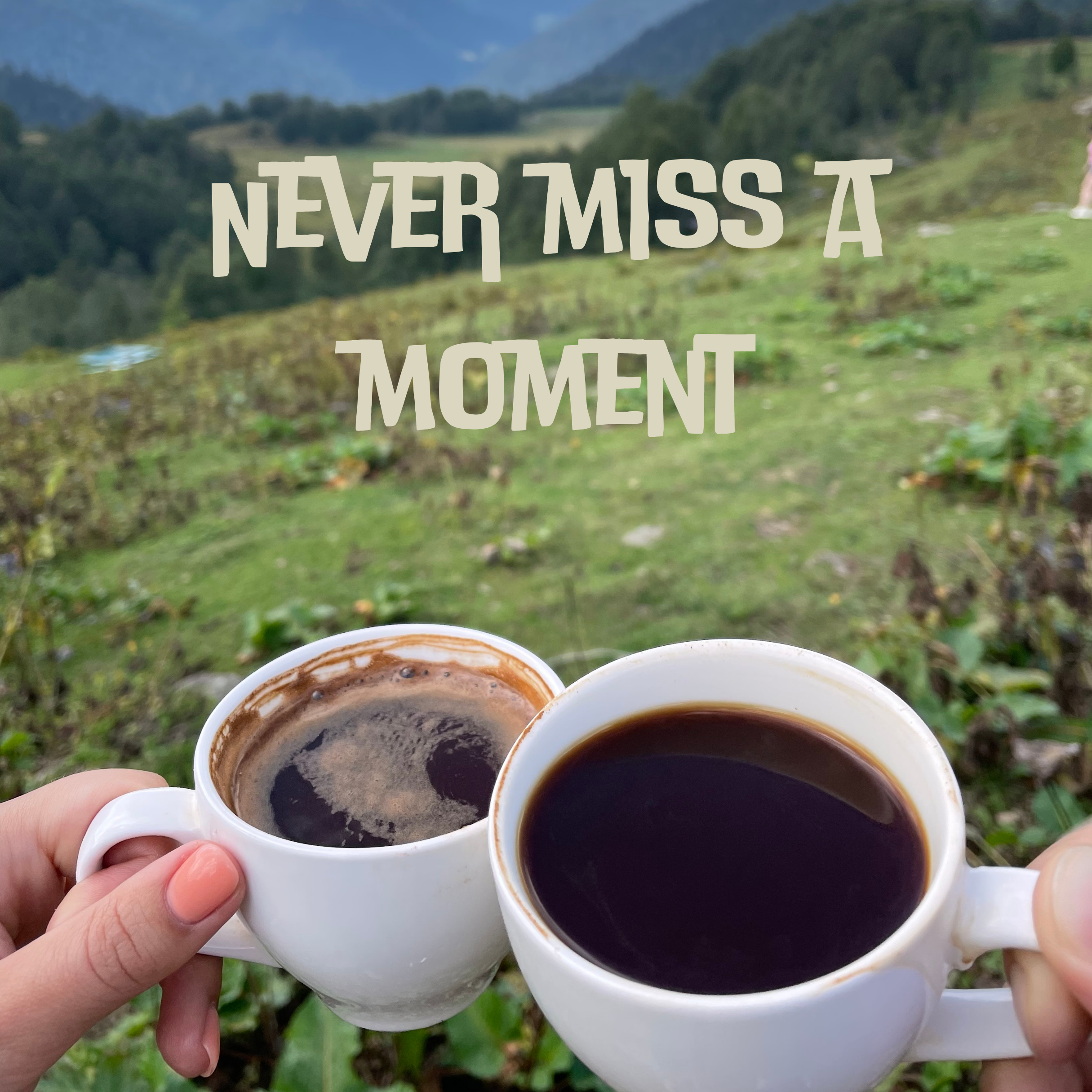Which coffee packs the most Caffeine? ¡A ella le gusta la cafeina!

Us coffee lovers often find ourselves in a passionate debate about the best brew, but one factor sometimes overlooked in these discussions is caffeine content. Many of us assume darker roasts pack a stronger caffeine punch, but the reality is a bit more nuanced.
Caffeine is a natural stimulant found in coffee beans, and its primary purpose is to protect the plant from pests. When we brew coffee, we extract this compound, providing that familiar boost of energy we all crave. However, the amount of caffeine in a cup of coffee isn’t solely determined by the beans themselves; the roast level plays a significant role.
Light Roast vs. Dark Roast
Light Roast:
Flavor Profile: Light roasts are known for their bright, fruity flavors and higher acidity. They retain more of the coffee bean's natural characteristics.
Caffeine Content: Surprisingly, light roasts often contain slightly more caffeine by volume than darker roasts. This is because the roasting process, which involves high temperatures, can lead to some caffeine loss.
Medium Roast:
Flavor Profile: Medium roasts strike a balance between acidity and body, offering a rounded flavor that appeals to many coffee drinkers.
Caffeine Content: Medium roasts typically contain a moderate amount of caffeine. They’re a great option if you want a balanced flavor without sacrificing too much caffeine.
Dark Roast:
Flavor Profile: Dark roasts boast bold, rich flavors with notes of chocolate and caramel, often accompanied by a lower acidity.
Caffeine Content: While many believe that dark roasts have the highest caffeine content, they actually have slightly less caffeine by volume than light roasts. The longer roasting process breaks down some of the caffeine, resulting in a lower concentration in the finished brew.
Brewing Methods and Their Impact
The way you brew your coffee can also influence caffeine content. For example:
Espresso: A concentrated form of coffee with a robust flavor, espresso has a high caffeine content per ounce. However, because servings are typically small (about 1 ounce), the overall caffeine content may be lower than a larger cup of brewed coffee.
Drip Coffee: Standard brewed coffee typically has a higher caffeine concentration due to the longer extraction time, which allows more caffeine to be dissolved.
Cold Brew: Cold brewing results in a smoother, less acidic coffee, and the extended steeping time can extract more caffeine, making it a caffeine powerhouse.
When it comes to coffee, roast level does affect caffeine content, but it’s not a straightforward correlation. Light roasts can be more caffeinated by volume, while dark roasts provide a rich, bold flavor with slightly less caffeine. Ultimately, the best choice depends on your taste preferences and desired caffeine kick.
So the next time you pour yourself a cup of coffee, consider the roast level and brewing method. Whether you’re a fan of light, medium, or dark roasts, there’s a perfect brew out there waiting for you. Happy caffeinating!
- Tags: caffeination caffeine coffee coffee beans coffee brews coffee roast level espresso specialty coffee
0 comments



